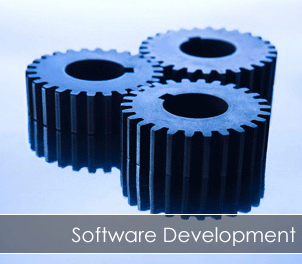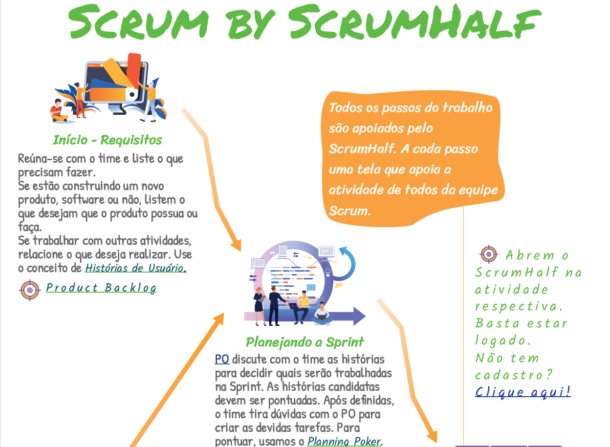 The measurement topic was already been addressed in a previous blog post, (Medição de software e SCRUM, uma dupla de sucesso), but here we shall address it from the MPS.BR program perspective. Being very broad, there is no specific implementation of this process for the SCRUM case, so here we are about to give the basis of it.
The measurement topic was already been addressed in a previous blog post, (Medição de software e SCRUM, uma dupla de sucesso), but here we shall address it from the MPS.BR program perspective. Being very broad, there is no specific implementation of this process for the SCRUM case, so here we are about to give the basis of it.
The Measurement process (MED) begin its implementation on the F level and it is one of the most important, because it intersects all of the other processes of the program and, from the management point of view, it provides a great support for project, process and organizational matters decision making .
The importance of measurement can be evidenced in two aspects, present and future.
- The first one can be taken from the famous phrase from Tom de Marco: "You can not control what you can not measure", which regards the present and the things we are currently doing.
- The second aspect follows the way of thinking that a good management should be able to predict the future behavior of the software products and processes, at least in some level, and this is not an easy task if there is no reliable data to count on.
The Measurement process also provides the basis and evidences for the improvement of processes, and also for the work products. It assists the management of the software life cycle, evaluates the feasibility of the plans outlined for the projects, and demonstrates objectively the quality of the products developed.
However, you can not just take a measure without planning on beforehand. Measurements without a set purpose have an implicit risk of becoming useless data. It is necessary to build a measurement plan, which will specify the methods to be followed, and also the how, where, when and why a measurement is being made.
As said in the Implementation Guide of the MPS.BR: "measurements should be oriented to the organization's strategic objectives.". A good practice that ensures this property, is the use of the GQM (Goal-Question-Metric) technique , which will be explained and exemplified below.
- Firstly, you have to define the goals of measurement.
Example: Measurement Objective – Improve the company's ability to deliver the products within the stipulated time.
- Secondly, you have to define the questions that have to be answered.
Example: Question – changes in requirements after the beginning of the development phase are such that they are affecting the company's ability to timely deliver the final products to customers?
- Finally, you have to establish metrics that will try to answer the questions.
Example: Metrics: Number of days exceeded of the time limit, the proportion of changed requirements after initiation of development phase, hours spent on rework tasks compared to the total of hours worked on the project.
- From the measurements collected, it is possible to perform an analysis and thus ponder possible means of achieving the goal of measuring.
This post aimed to explain the importance of the Measurement process for an organization and show the GQM technique. The expected requirements to acheive the goal of this process in the MPS.BR program were not shown in this post, but they will be clarified in my next post.
References:
- Guia de Implementação do MPS.BR – Parte 2








Parabéns pelo post, me ajudou bastante. Obrigado!